How to choose your new gravel bike
The diversity of uses of gravel bikes has led to an increase in the approaches with which manufacturers build them, making it sometimes a bit complicated for those approaching this specialty to decide which bike model and with what characteristics is most suitable for the intended use of the bike.

What you need to consider when choosing your ideal gravel bike
Few disciplines are as heterogeneous as gravel riding, a modality that includes routes that are practically road-like with some excursions on paths to authentic wild adventures, both physically and technically, which are closer to what most mortals do with a mountain bike. In between, we cannot forget about bikepacking, the traditional saddlebag cycling tourism that, thanks to the versatility and efficiency of modern gravel bikes, has found a new legion of followers.
Therefore, when choosing which gravel bike to buy, the first step is to consider what use we will make of it since we will find models with different geometries and characteristics that will adapt better to what we are looking for, always bearing in mind that the versatility of a gravel bike will allow us to do almost anything.
RECOMENDADO
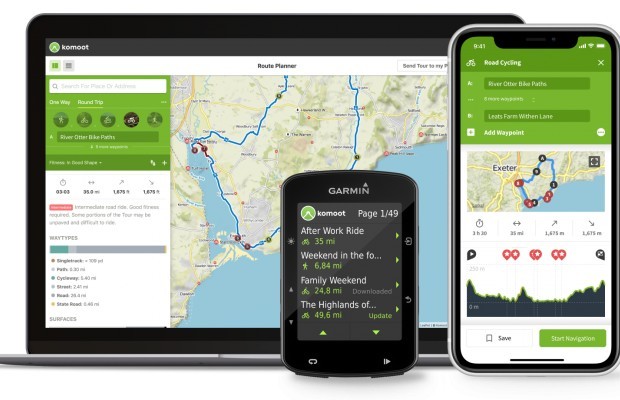
The best apps for cycling and mountain biking
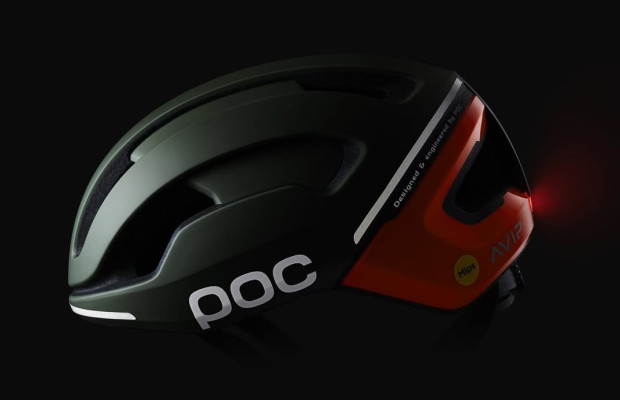
Black Friday 2025 cycling bargains: save on Garmin, POC, Maxxis and more

Black Friday Garmin 2025: the ultimate guide to choosing your GPS at the best price
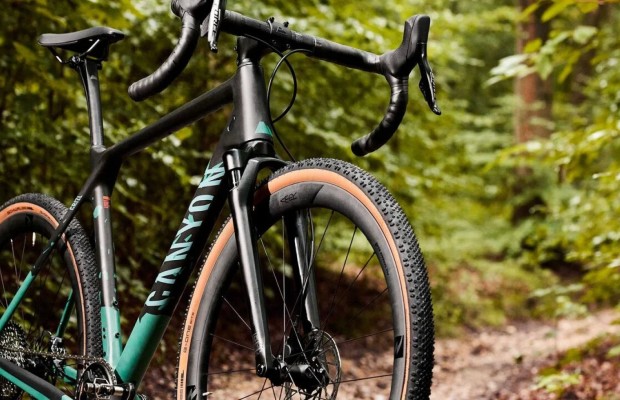
Do you need suspension on your gravel bike?
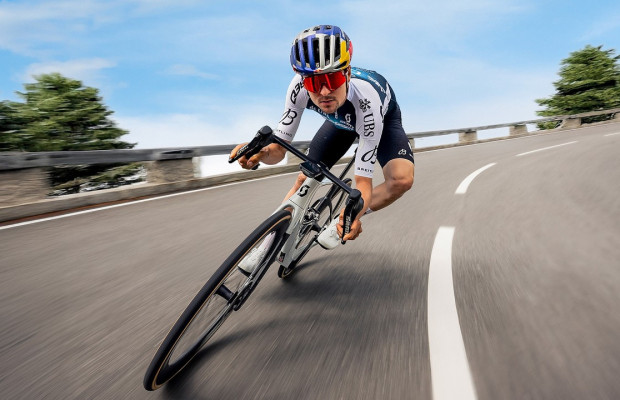
Countersteering, braking and cornering: the basics to improve your cornering skills

10,000 steps a day or how much on a bike?

Speaking of characteristics, there are several aspects to consider when choosing a gravel bike. The first of them we have already revealed, the geometry. Just like in road cycling, a sporty bike is not the same as a touring bike. In gravel riding, with the popularization of competitions, something similar has happened and, currently, sports-oriented bikes are much more aggressive, both in position and handling than what has been used as standard in gravel riding. Additionally, we also find another aspect, usually in gravel bikes from brands specialized in mountain biking, whose geometry is practically that of a mountain bike, focused on a much more aggressive gravel riding.
Therefore, here we begin to make the first major differentiation, with competition models that are practically road bikes with fat tires. In fact, some brands like Specialized or Cannondale have dispensed with a specific cyclocross model, with their sports-oriented gravel bikes being suitable for this modality. In contrast, the more conventional geometries in gravel bikes prioritize the stability and comfort of the cyclist, an aspect that is taken to the extreme in the most adventurous models.

The choice of gearing is another aspect that is often in doubt when acquiring a gravel bike. It is true that in recent times, the single chainring has become more common thanks to 12 or even 13-speed groups that provide a wide range while maintaining a suitable correlation between gears. However, there are still those who prefer the use of a double chainring, which allows for an even more progressive gearing. This is usually the choice of bikepacking enthusiasts as well as those who also use their gravel bike as a road bike.
The tire clearance is another aspect to consider, especially if you are thinking of leaning towards the wilder side of gravel riding. Currently, almost all bikes accept up to 700x50c, although not all, so it is advisable to check the specifications if you want to use large-volume tires.
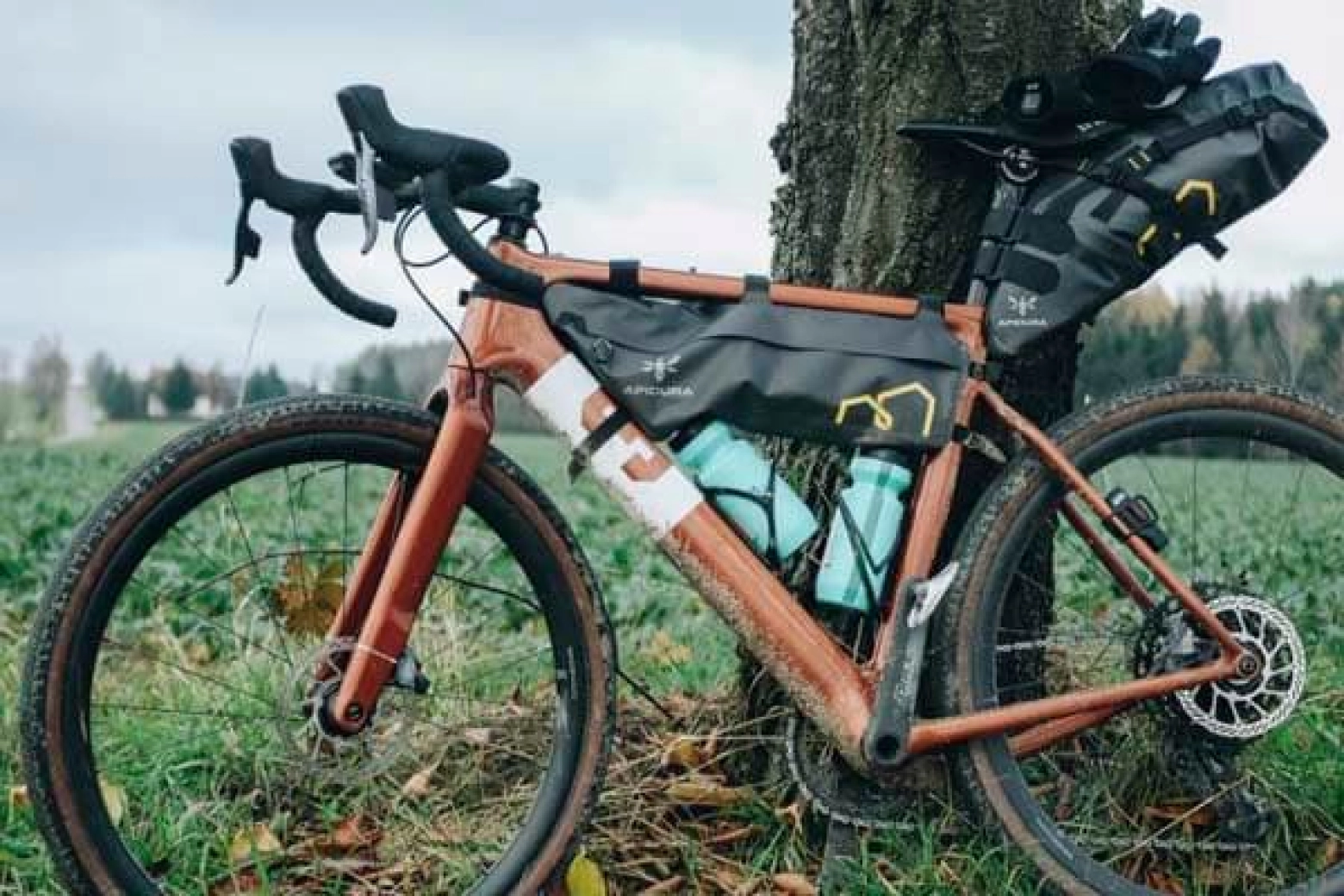
Finally, those looking for a bikepacking and adventurous use will appreciate having a frame with multiple attachment points or even internal storage on the down tube, making it much easier to install bikepacking bags and other accessories such as fenders. This is an aspect that sports-oriented bikes are increasingly overlooking in favor of cleaner and lighter frames.